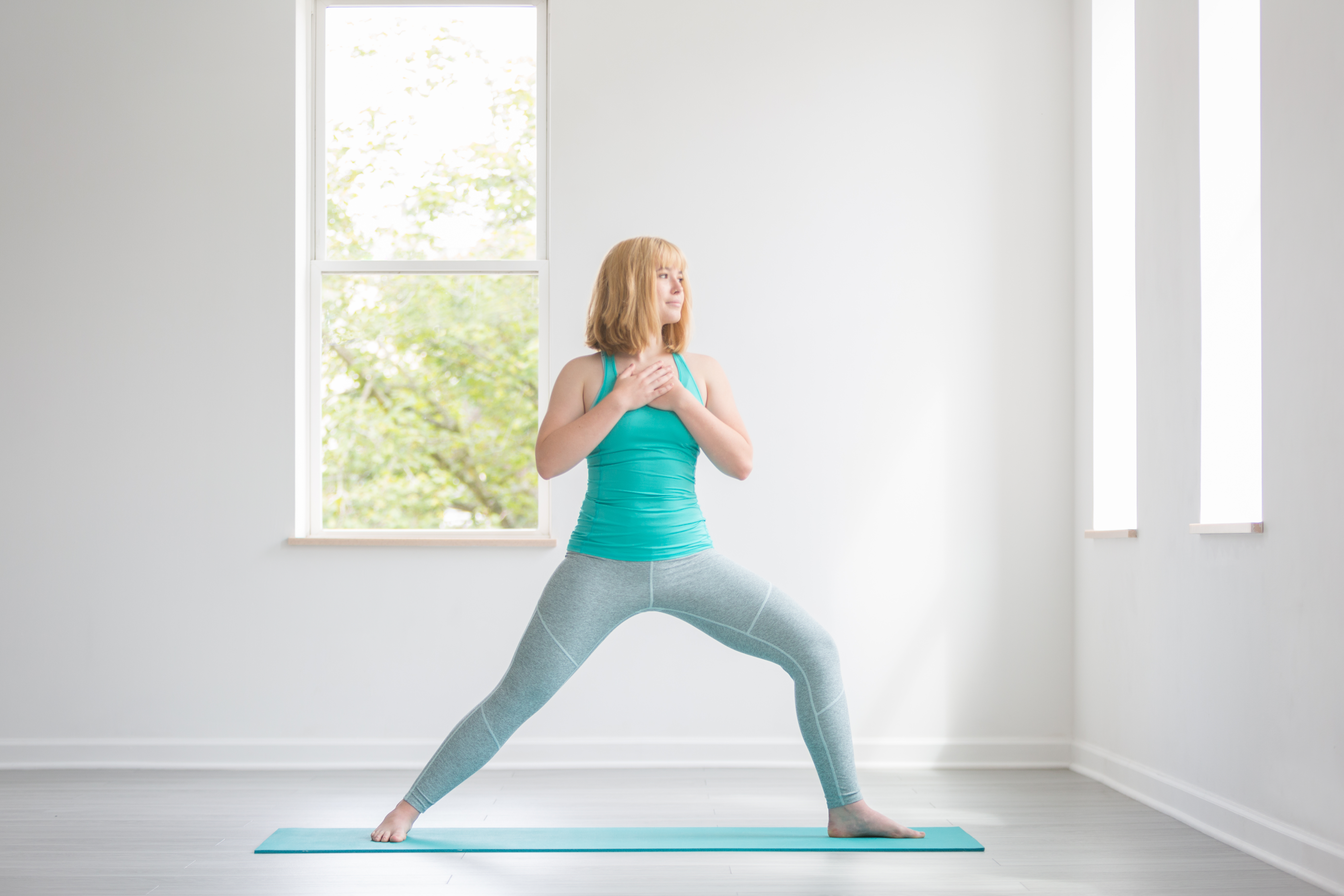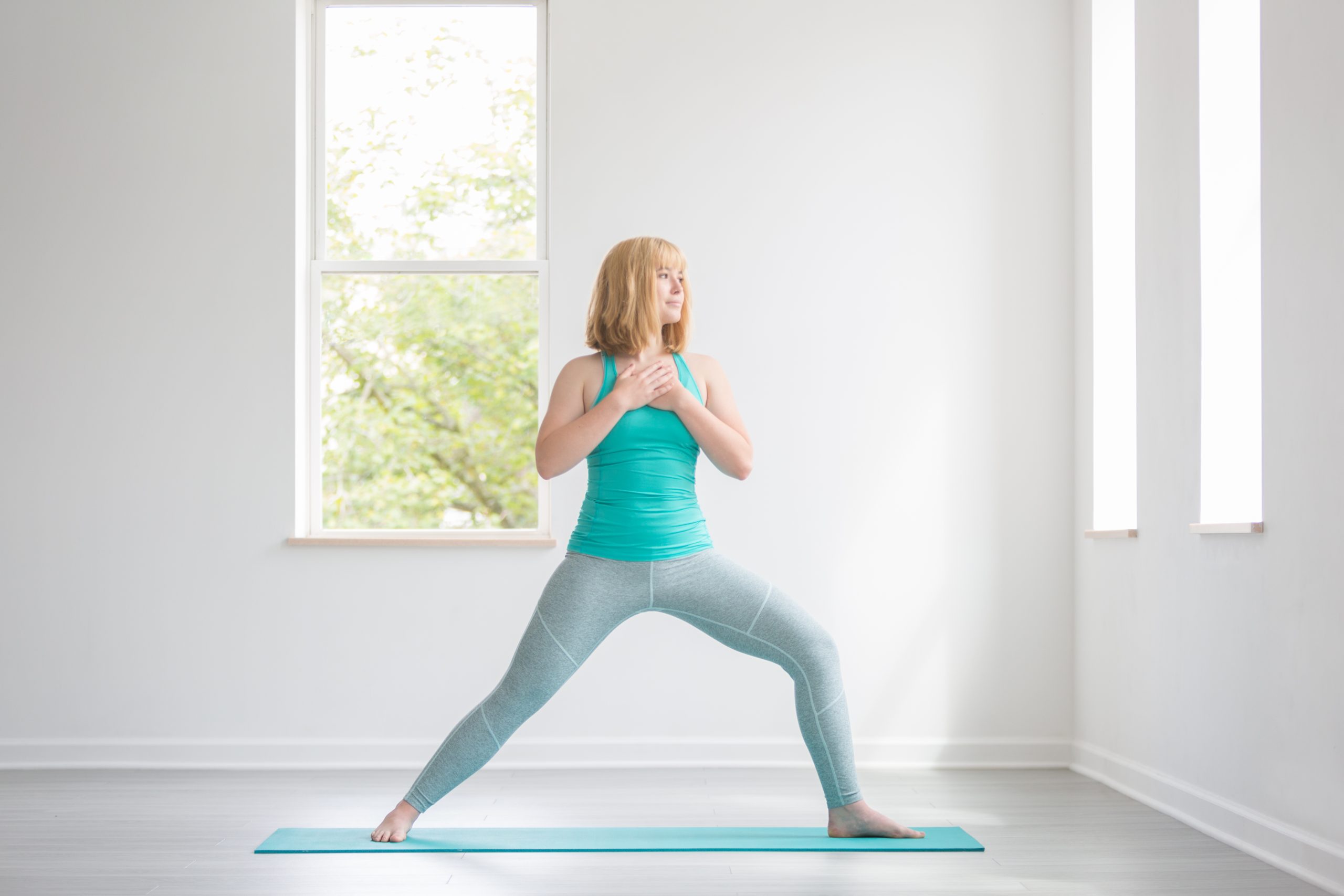
After countless studies and years of scientific inquiry, we have come to understand the remarkable benefits of yoga for healing the body, as well as enhancing mental and emotional health and well-being. If you are a beginner or simply intrigued by the practice, you may be asking yourself, “What exactly are the advantages of yoga? And why should I think about adopting these techniques?” Finding motivation to practice is essential; it can serve as a significant driving force, particularly in the beginning or when establishing a long-lasting regimen. Let’s explore what makes yoga such a life-changing practice and why millions around the world embrace it for harmony, wellness, and healing.
What Is Yoga?
Yoga is a time-honored practice that traces its roots back to India well over 5,000 years ago, incorporating physical postures (asanas), breath control (pranayama), meditation, and ethical guidelines. More than just a form of stretching or exercise, yoga is a comprehensive system aimed at harmonizing the body, mind, and spirit. The very word “yoga” signifies “union,” symbolizing its aim of integrating all facets of our existence.
Physical Benefits of Yoga
1. Enhances Flexibility and Strength
One of the most immediate and noticeable advantages of yoga is increased flexibility. With regular practice of asanas, your muscles, ligaments, and tendons gradually stretch safely. Numerous yoga poses also build strength, particularly in the core, legs, and upper body. This equilibrium of flexibility and strength fosters healthy movement and posture.
2. Improves Posture and Spinal Health
Poor posture may result in chronic discomfort, particularly in the neck, shoulders, and lower back. Yoga focuses on body awareness and alignment, guiding you to cultivate better posture habits. Specific poses like Downward Dog, Cobra, and Cat-Cow extend and strengthen the spine and its supporting muscles, encouraging long-lasting spinal health.
3. Enhances Circulation and Cardiac Function
The combination of breath control and specific poses helps to enhance blood circulation and lower blood pressure. Certain yoga styles, such as Vinyasa or Power Yoga, also elevate the heart rate, further benefiting cardiovascular health.
4. Promotes Joint Health and Averts Injury
Yoga’s gentle movements enable you to strengthen the muscles surrounding the joints, enhancing their function and stability. This makes yoga a favored cross-training option and a therapeutic method for injuries and arthritis.
5. Boosts Respiratory and Immune Function
Breathing techniques in yoga, like alternate nostril breathing or Ujjayi, train the lungs for optimal performance. These methods also stimulate the lymphatic system and minimize inflammation, thereby enhancing overall immunity.
Mental and Emotional Benefits of Yoga
1. Alleviates Stress and Anxiety
One of the most documented effects of yoga is its ability to reduce stress. Engaging in poses, coupled with deep breathing and mindfulness, activates the parasympathetic nervous system (the “rest and digest” state), lowering cortisol levels—the main stress hormone. Over time, this leads to decreased anxiety and improved emotional resilience.
2. Enhances Focus and Mental Clarity
Yoga promotes mindfulness—the art of being wholly present in the moment. Concentrating on your breath, bodily movements, and sensations trains the brain to focus more effectively. Meditation and breathing practices are also linked to enhanced memory and cognitive capabilities.
3. Fosters Emotional Stability
Yoga encourages you to observe your thoughts without judgment. This mindfulness nurtures emotional intelligence, assisting individuals in better mood regulation, lowering reactivity, and boosting self-awareness. Over time, it creates a space to respond more thoughtfully to challenges.
4. Improves Sleep Quality and Relaxation
Many individuals report improved sleep quality and easier sleep onset with a regular yoga practice. This is partially attributed to yoga’s calming effects on the nervous system. Gentle stretches and yogic breathing prior to bedtime can be particularly beneficial for those battling insomnia or irregular sleep patterns.
The Spiritual and Philosophical Dimension
For those willing to look beyond the physical aspects, yoga provides a spiritual journey toward self-discovery and inner peace. Its philosophical teachings—detailed in texts like the Yoga Sutras of Patanjali—underscore principles such as non-violence (ahimsa), truthfulness (satya), and contentment (santosha). Even without adherence to a specific religion or spiritual belief, many practitioners discover that yoga enriches their sense of purpose, connection, and compassion.
Common Myths That Hold People Back
– “I’m not flexible enough to do yoga.”
In reality, flexibility improves with practice—nobody begins as an expert! Yoga meets you wherever you are.
– “Yoga is only for women or specific body types.”
Yoga is for all bodies. People of all genders, ages, shapes, and fitness levels can reap the benefits.
– “It’s too slow/I need an intense workout.”
Many yoga styles, such as Ashtanga or Power Yoga, provide a vigorous workout, while others concentrate more on relaxation. There’s a style for everyone.
How to Get Started
Beginning with yoga requires minimal effort. All
